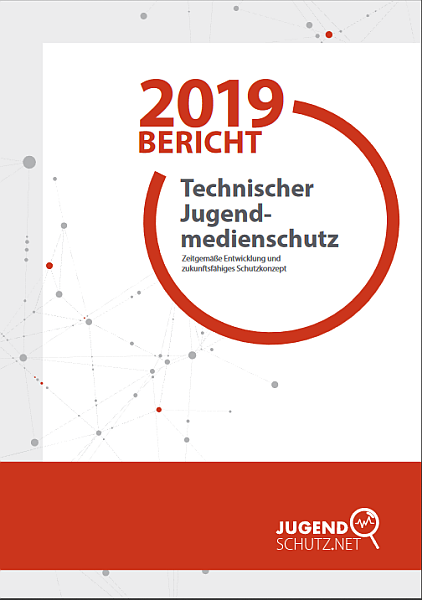jugendschutz.net report: Technical youth media protection
"Especially in social media, there are many posts that show sexual violence, incite hatred or endanger the personal integrity of children. To protect the youngest from such confrontations, a concept is needed that also relies on modern content recognition mechanisms," saysStefan Glaser, head of jugendschutz.net. Parents also need protection options that work on smartphones and are easy to configure.
"It is the responsibility of providers to finally use existing technologies profitably for youth media protection as well," demands Dr. Wolfgang Kreißig, Chairman of the Commission for the Protection of Minors in the Media (KJM). To ensure the protection and participation of young users, age-differentiated systems are needed that are easily available and uncomplicated to use. In other areas, such as the prevention of copyright infringements, modern technical approaches have long been used successfully.
Outdated detection methods in current youth protection programs do not lead to satisfactory results with social media offerings. In contrast, modern methods of automatic content recognition use machine learning techniques (AI - artificial intelligence) to quickly classify large amounts of data. jugendschutz.net tested the automatic recognition of content relevant to youth protection in 2017 and 2018. An already trained, fully operational system (Google Cloud Vision) and programs that enable the training of a recognition mechanism (Facebook fastText and Google TensorFlow) were tested. Detection rates were achieved that in some cases even exceed the effectiveness of current parental control programs (approx. 80% hit rate) with comparatively little effort.
- Download Report:"Technical Youth Media Protection. Contemporary development and future-proof protection concept".
More on the topic
- klicksafe topic area: Youth protection filters
- klicksafe topic area: Apps & Child and youth protection

